Coppell ISD becomes first district to use IBM, Apple format — from bizjournals.com by Shawn Shinneman
Excerpt:
Teachers at Coppell Independent School District have become the first to use a new IBM and Apple technology platform built to aid personalized learning.
IBM Watson Element for Educators pairs IBM analytics and data tools such as cognitive computing with Apple design. It integrates student grades, interests, participation, and trends to help educators determine how a student learns best, the company says.
…
It also recommends learning content personalized to each student. The platform might suggest a reading assignment on astronomy for a young student who has shown an interest in space.
From DSC:
Technologies involved with systems like IBM’s Watson will likely bring some serious impact to the worlds of education and training & development. Such systems — and the affordances that they should be able to offer us — should not be underestimated. The potential for powerful, customized, personalized learning could easily become a reality in K-20 as well as in the corporate training space. This is an area to keep an eye on for sure, especially with the growing influence of cognitive computing and artificial intelligence.
These kinds of technology should prove helpful in suggesting modules and courses (i.e., digital learning playlists), but I think the more powerful systems will be able to drill down far more minutely than that. I think these types of systems will be able to assist with all kinds of math problems and equations as well as analyze writing examples, correct language mispronunciations, and more (perhaps this is already here…apologies if so). In other words, the systems will “learn” where students can go wrong doing a certain kind of math equation…and then suggest steps to correct things when the system spots a mistake (or provide hints at how to correct mistakes).
This road takes us down to places where we have:
- Web-based learner profiles — including learner’s preferences, passions, interests, skills
- Microlearning/badging/credentialing — likely using blockchain
- Learning agents/bots to “contact” for assistance
- Guidance for lifelong learning
- More choice, more control
Also see:
- First IBM Watson Education App for iPad Delivers Personalized Learning for K-12 Teachers and Students — from prnewswire.com
Educators at Coppell Independent School District in Texas first to use new iPad app to tailor learning experiences to student’s interests and aptitudes
Excerpts:
With increasing demands on educators, teachers need tools that will enable them to better identify the individual needs of all students while designing learning experiences that engage and hold the students’ interest as they master the content. This is especially critical given that approximately one third of American students require remedial education when they enter college today, and current college attainment rates are not keeping pace with the country’s projected workforce needs1. A view of academic and day-to-day updates in real time can help teachers provide personalized support when students need it.
…
IBM Watson Element provides teachers with a holistic view of each student through a fun, easy-to-use and intuitive mobile experience that is a natural extension of their work. Teachers can get to know their students beyond their academic performance, including information about personal interests and important milestones students choose to share. For example, teachers can input notes when a student’s highly anticipated soccer match is scheduled, when another has just been named president for the school’s World Affairs club, and when another has recently excelled following a science project that sparked a renewed interest in chemistry.The unique “spotlight” feature in Watson Element provides advanced analytics that enables deeper levels of communication between teachers about their students’ accomplishments and progress. For example, if a student is excelling academically, teachers can spotlight that student, praising their accomplishments across the school district. Or, if a student received a top award in the district art show, a teacher can spotlight the student so their other teachers know about it.









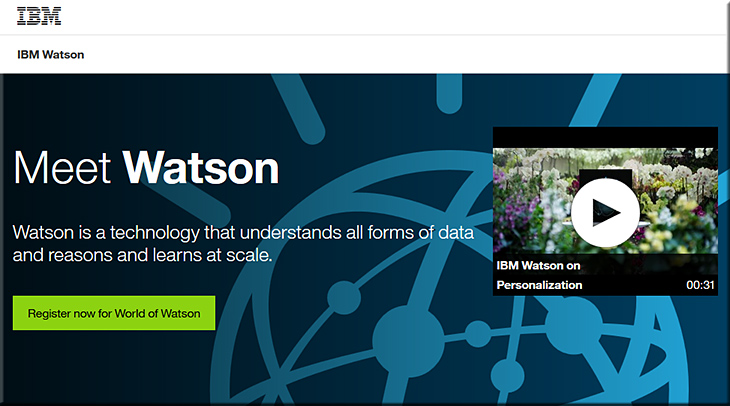
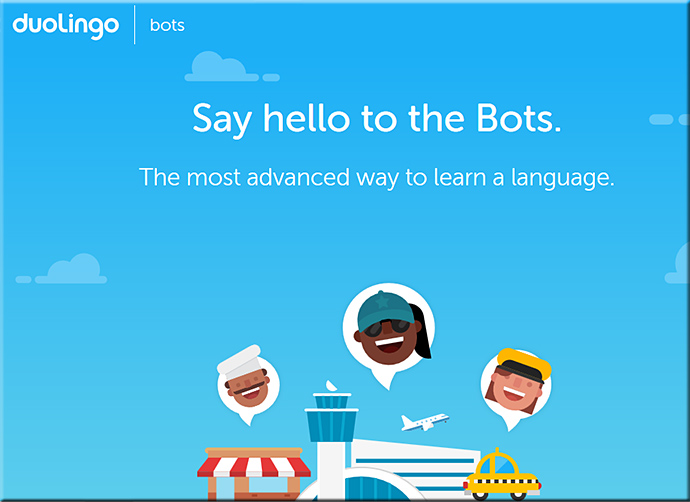



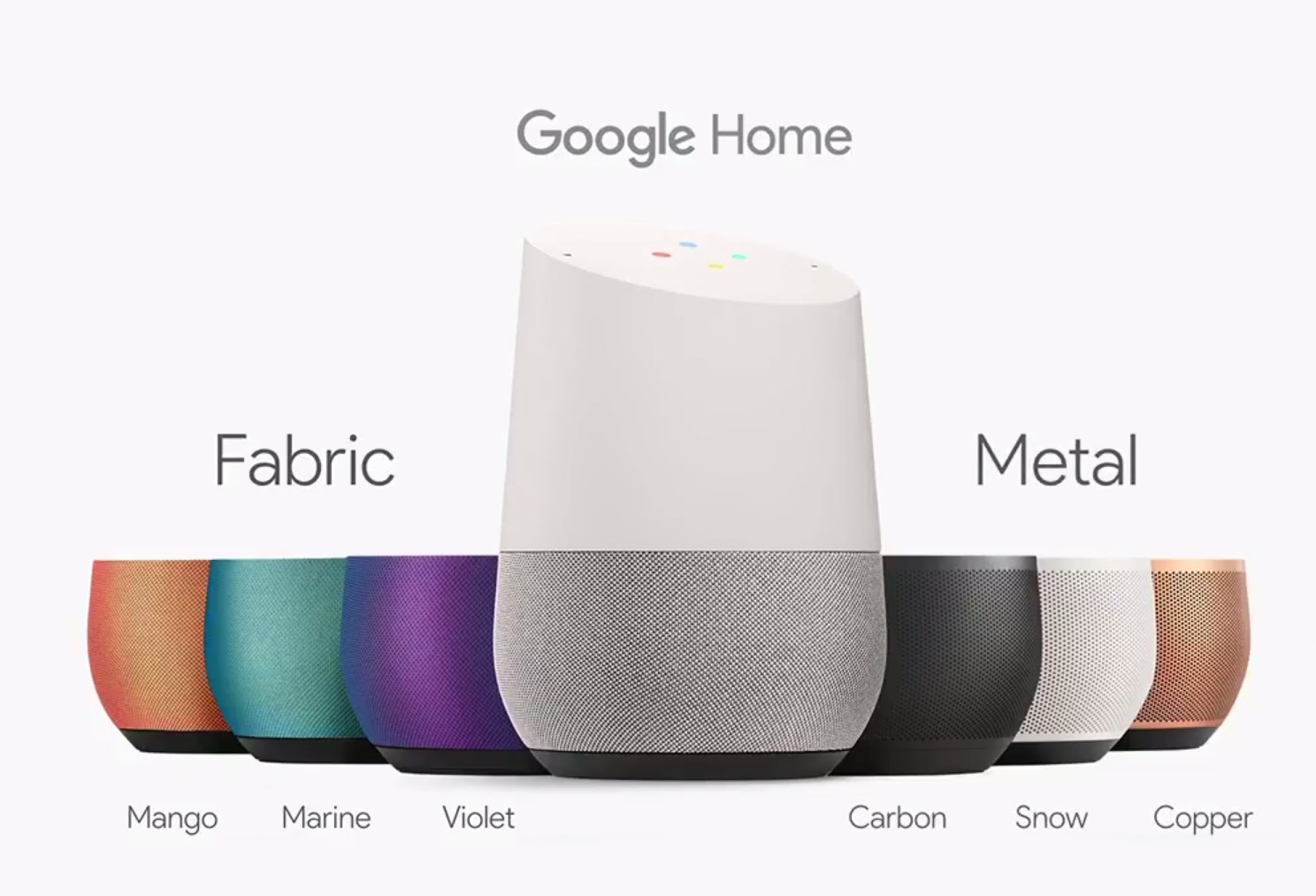

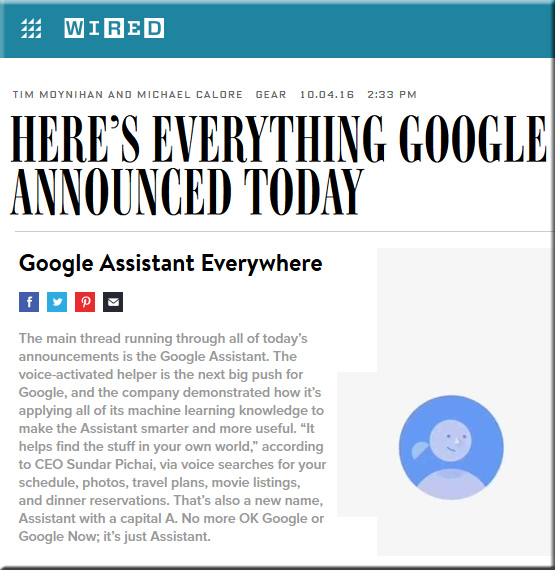
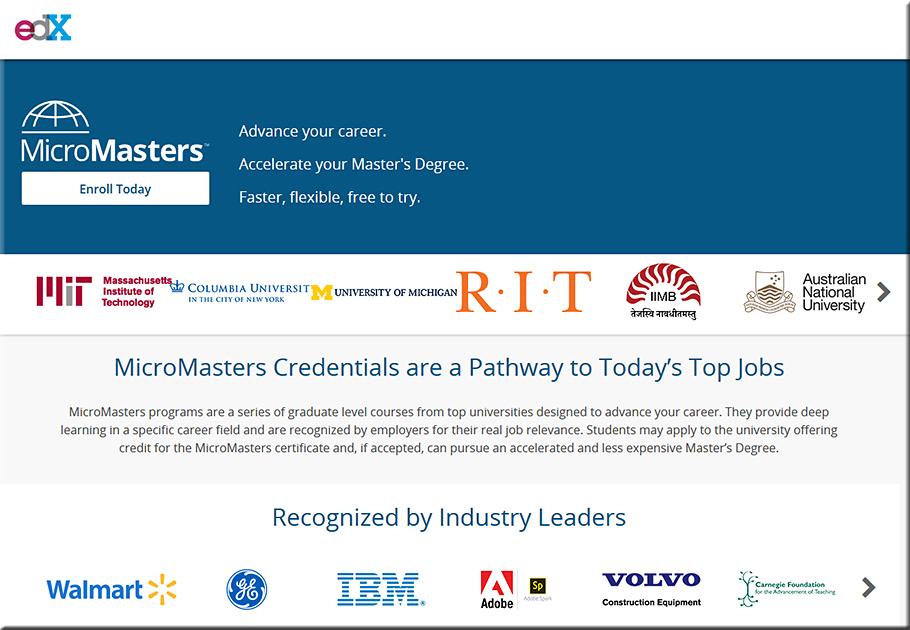
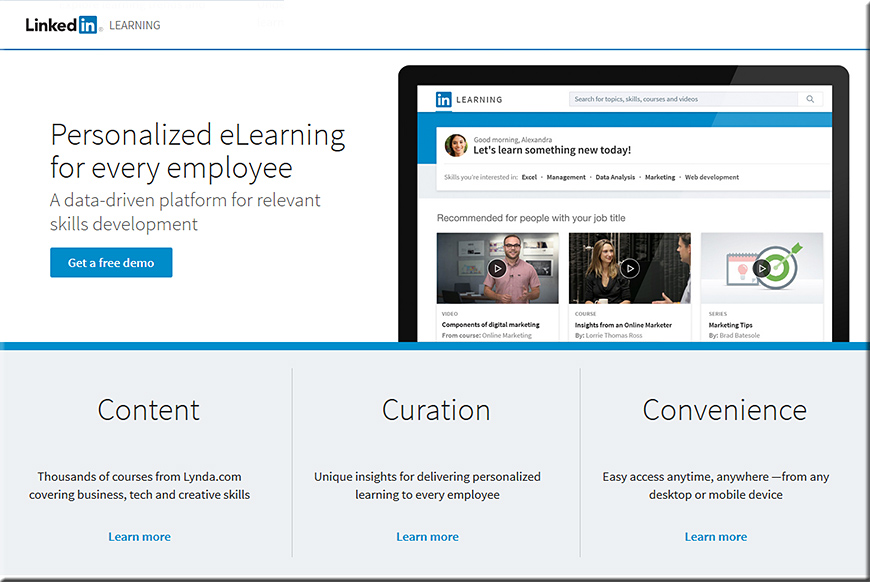
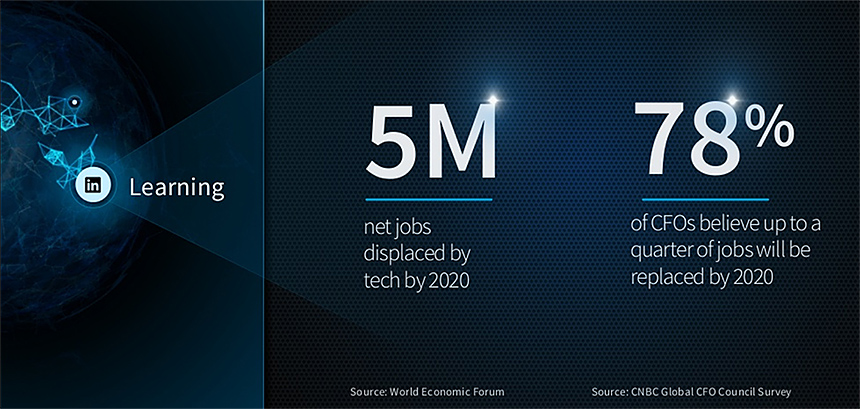
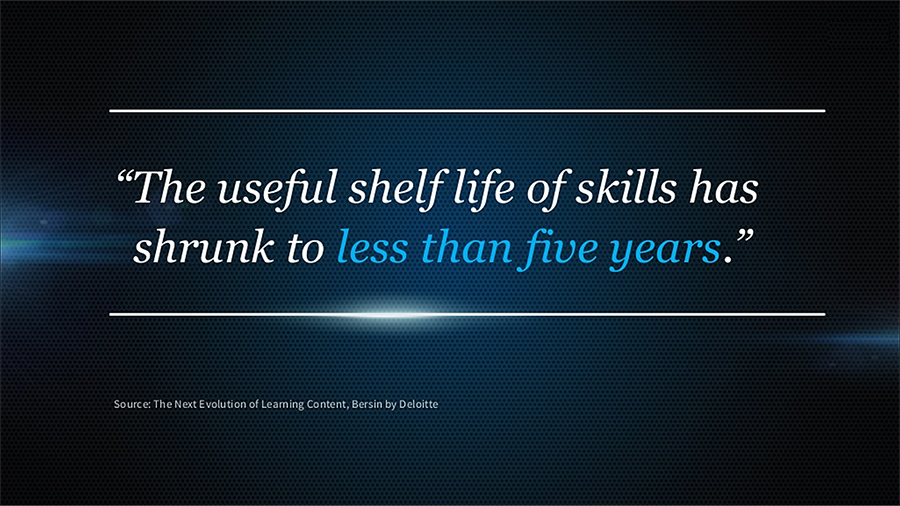









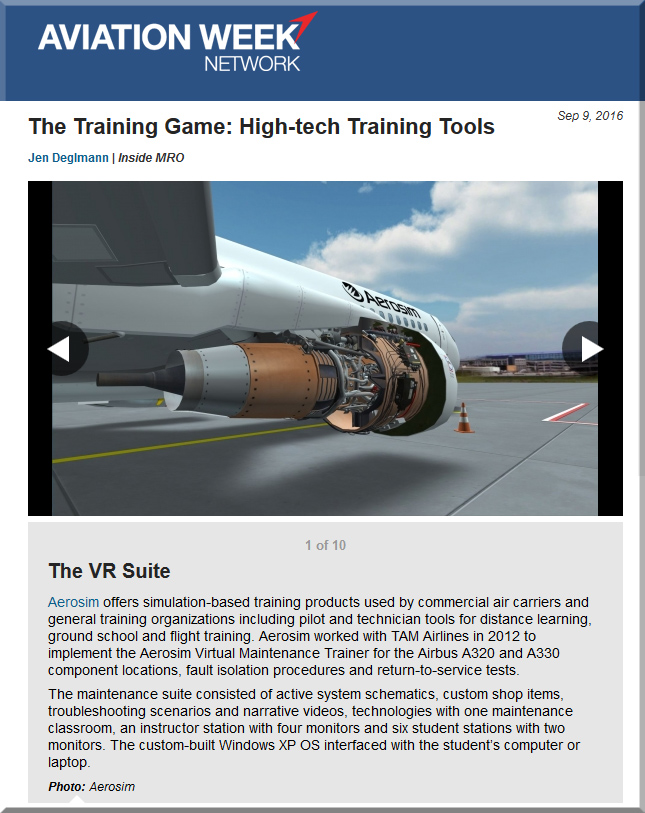
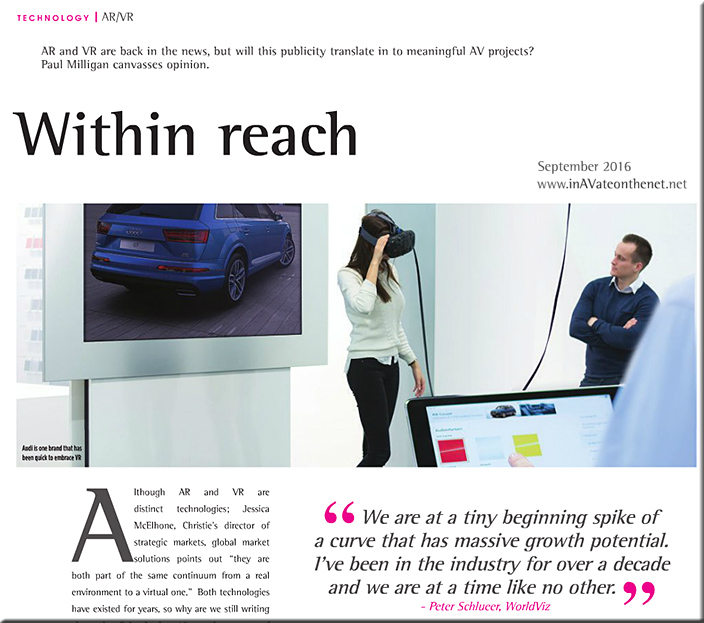

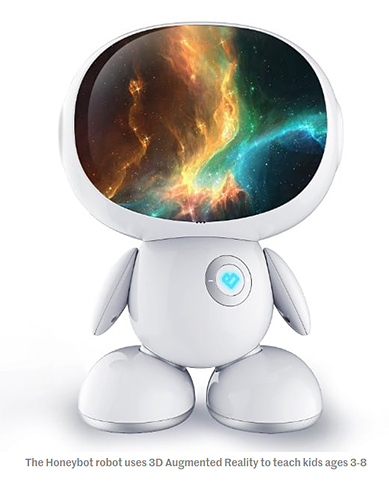
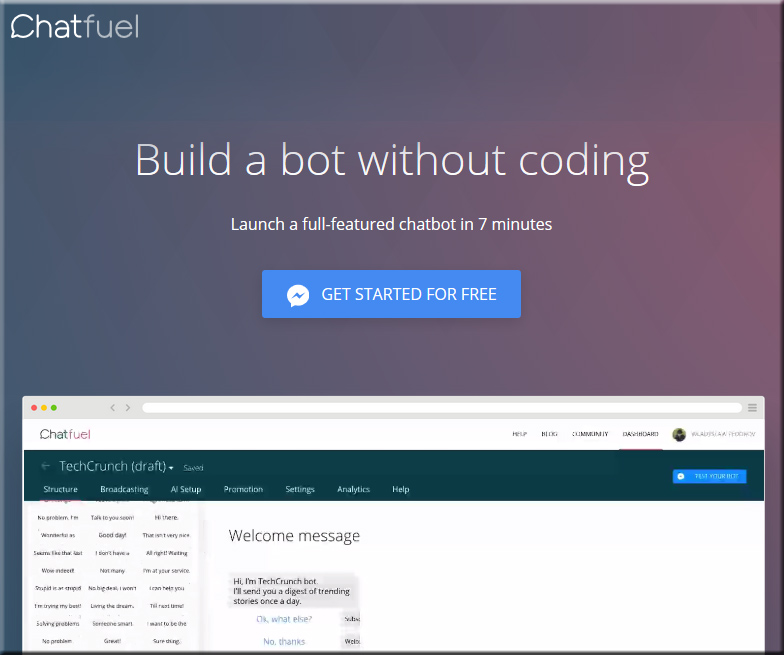



![The Living [Class] Room -- by Daniel Christian -- July 2012 -- a second device used in conjunction with a Smart/Connected TV](http://danielschristian.com/learning-ecosystems/wp-content/uploads/2012/07/The-Living-Class-Room-Daniel-S-Christian-July-2012.jpg)